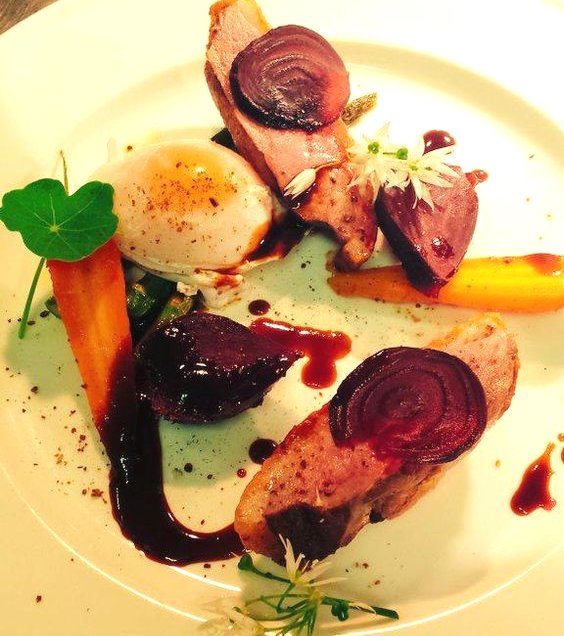Cooking 101
- Basics of Cooking
- Essential Cooking Skills
- Exploring Cooking Styles
Mastering Meal Planning and Prep
Presentation and Plating Techniques

Art of modifying, processing, arranging, or decorating food to enhance its aesthetic appeal.
The art of cooking doesn't end when the food is cooked. How a dish is presented can greatly enhance the dining experience. This unit will delve into the importance of food presentation and plating, basic techniques, and how to use garnishes and sauces for an enhanced presentation.
The Importance of Food Presentation and Plating
Food presentation and plating is an essential part of the culinary arts. It's the final touch that can make a dish look appetizing and appealing. A well-presented dish can stimulate the appetite and make the food taste even better. It's not just about making food look good, but also about showcasing the effort and skill that went into preparing the dish.
Basic Plating Techniques and Tips
There are several basic plating techniques that can help make your dishes look more professional:
-
The Rule of Thirds: This is a principle borrowed from photography. Imagine your plate is divided into nine equal squares (like a tic-tac-toe board). The most important elements of your dish should be placed along these lines or at their intersections.
-
Color and Contrast: Use ingredients with different colors and textures to make your dish visually interesting.
-
White Space: Don't overcrowd your plate. Leaving some white space can make your dish look more elegant and appealing.
-
Height: Building height can make a dish look more interesting and appetizing. But be careful not to make it unstable.
Using Garnishes and Sauces for Enhanced Presentation
Garnishes and sauces can add color, flavor, and visual interest to a dish. Here are some tips:
-
Garnishes: Choose garnishes that complement the flavors of your dish. They should be edible and fresh. Common garnishes include fresh herbs, citrus zest, and edible flowers.
-
Sauces: Sauces can be drizzled or dotted on the plate for a decorative effect. You can also use a spoon to spread a small amount of sauce on the plate.
Practice Exercises for Improving Plating Skills
The best way to improve your plating skills is through practice. Here are some exercises:
-
Experiment with Different Plates: Try plating your dishes on different types of plates and see how it changes the presentation.
-
Practice with Garnishes and Sauces: Experiment with different garnishes and sauces and see how they can enhance your dishes.
-
Take Photos: Take photos of your dishes from different angles. This can help you see how others might view your dish.
Remember, the goal of plating is not just to make food look good, but also to enhance the overall dining experience. With practice, you'll be able to create dishes that are not only delicious but also visually stunning.